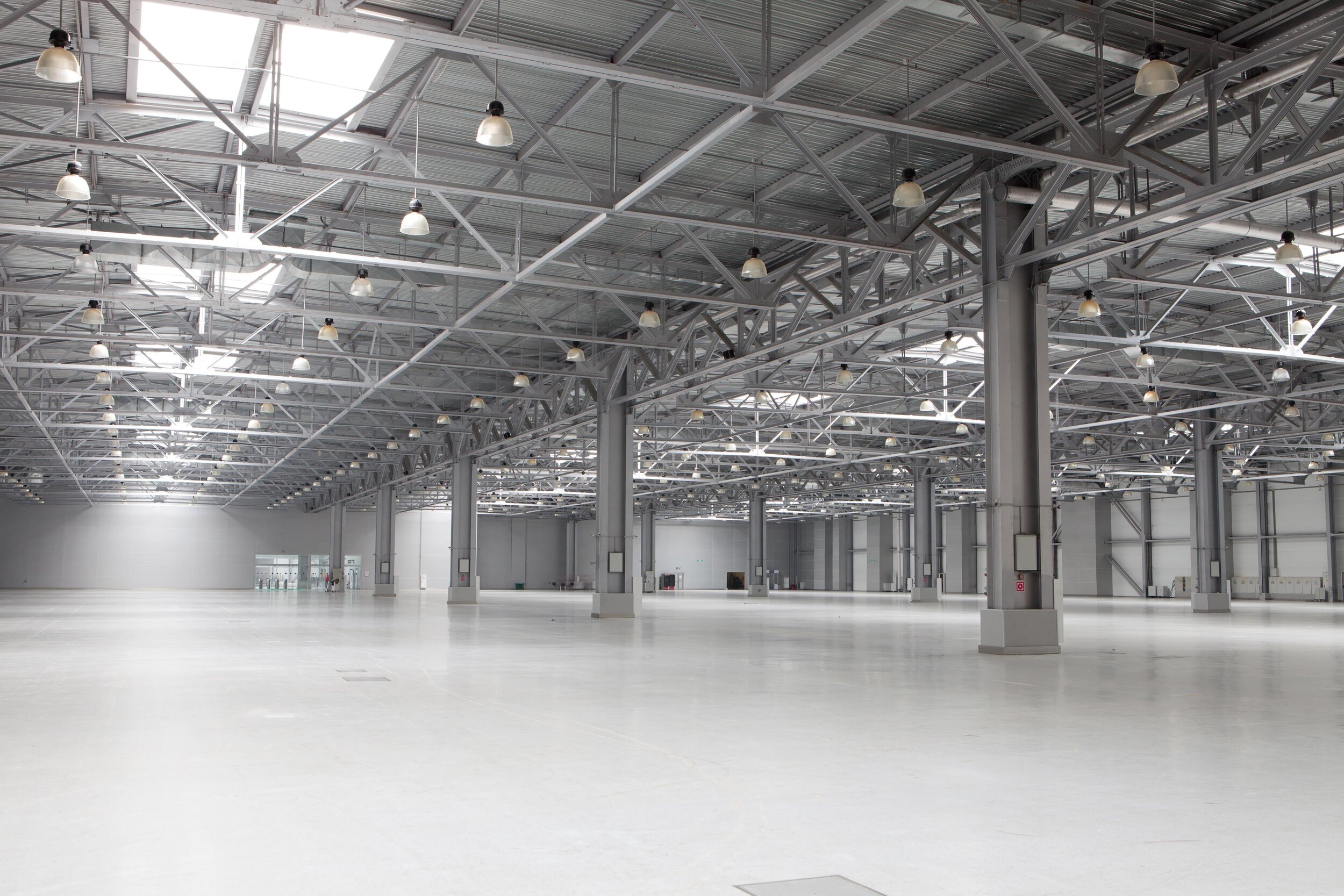The Problem
The project involved the expansion of an existing 41,000 square foot (SF) industrial building used as a food processing plant. The expansion added 13,000 SF of food processing area and 61,000 SF of warehouse, for a new total of 115,000 SF. The construction was typical concrete tilt-up warehouse, with a special in-floor waste drainage system in the food processing area. We represented the general contractor for the shell of the expansion project; they hired subcontractors to perform portions of the trade work, but self-performed the concrete. The Owners performed work with their own forces and contractors who, at times, overlapped with our client's work; specifically work involving the floor coatings and the very technical waste drainage system, which the owner oversaw personally.
The Owners sued our client for $9.2 million for damage to the epoxy floor (that they had contracted for directly) in the food area; loading dock defects; defects in the waste drainage system (that the owner personally supervised); and the cost of a criminal case successfully made against the Owners related to illegal discharge of toxic waste from the drainage system the owner had supervised during construction, including city and attorney fees, costs, fines, and lost business opportunities.
The Solution
We were hired to lead a team of experts to investigate and evaluate the claims. We gathered a large volume of project documents and information, interviewed key people, inspected the facility, analyzed the dozens of allegations issue-by-issue, developed expert opinions, reports, and a presentation that clearly explained the peculiar and negligent contracting practices of the Owners.
Ultimately, our opinion was that our client had $0 in liability because the problems were all caused by the Owners themselves and the contractors they negligently hired and supervised. In addition, as a backup litigation strategy, we composed detailed plans that would solve the Owners problems at far less than the costs they were alleging; these included step-by-step plans for relocating the food processing equipment, specifications for making the necessary repairs, a schedule of all necessary activity, and a detailed cost estimate. As trial approached we aided our attorney clients in preparing to take the testimony of the Owner's experts, we analyzed that testimony, integrated it into our own opinions, and testified persuasively in our own depositions. Ultimately the case settled very favorably for our client.


